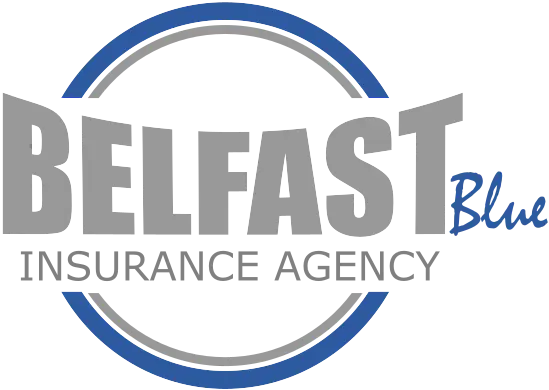When Chad told us about his program at CompScience, I was immediately hooked. He solves the same problems we tackle every day for business owners: reduce workers’ comp costs by making the workplace safer. The right approach is simple—prioritize safety first, and the cost reductions follow. CompScience uses AI to do exactly that: identify risks before they become claims.
What CompScience Does
CompScience applies AI to camera footage to detect unsafe conditions and near misses in real time. It’s not about “big brother” surveillance or facial recognition. It’s about real-time prevention—spotting when someone isn’t tied off near an edge, when hard hats aren’t worn correctly, or when people are walking under heavy loads—so safety teams can intervene before an incident happens.
Key features
- AI-driven analysis of existing camera footage
- No facial recognition or government reporting—privacy-first design
- Automatic identification of common hazards (falls, PPE misuse, chemical risks, etc.)
- Seamless setup for indoor facilities and simple options for contractors on job sites
Who Benefits?
The primary users are warehouses, factories, restaurants, and any indoor facility with security cameras. But contractors and service teams on job sites are increasingly using CompScience too. For remote sites, a single off-the-shelf Reolink camera (around $160 on Amazon) mounted on a four-by-four, provides enough data for effective AI monitoring.
Addressing Privacy Concerns
One of the most common questions we hear is: “Is this big brother?” The short answer: no. CompScience does not perform facial recognition and does not report to immigration or government agencies. It’s not a “gotcha” tool to get employees in trouble. Its purpose is entirely preventative—to boost safety, morale, and productivity by avoiding incidents.
Why Near Misses Matter
Near misses are the most valuable data we have as risk managers. You’ll see far more near misses than actual incidents, and those near misses are leading indicators of what could become a claim or lost-time injury. By collecting and analyzing more data points—often 10–20x more—you can design safety programs that actually stop incidents before they happen.
“Near misses are the greatest form of data we can have as risk managers.”
How that data is used
- Generate targeted toolbox talk topics and morning safety briefings
- Identify trends and repeat exposures to focus corrective actions
- Create evidence-based SOPs and training that address real hazards
Real Impact: Claims, Slip-and-Falls, and TCOR
Clients using CompScience are seeing meaningful reductions in claim frequency—numbers in the 35%–55% range in some companies. Slip-and-falls alone have been reported down about 41%.
That ties directly into TCOR—Total Cost of Risk. TCOR includes premiums, deductibles, lost time, attorney fees, admin costs, morale impact, and more. While well-run companies might have a TCOR about three times their workers’ comp premium, poorly managed firms can be eight to twelve times. Preventive programs like CompScience bring TCOR down by preventing incidents rather than reacting after the fact.
What This Means for Insurance and Mod Factors
Insurers know what CompScience is and what it does. When you can show carriers hard evidence of an active safety program—AI monitoring, documented near misses, proactive interventions—you become a lower-risk client. That often translates into better premiums and faster improvement of a poor experience modification (mod) factor. In short: better safety = better rates = competitive advantage.
Implementation and Practical Steps
Getting started is straightforward:
- Install or use existing security cameras in the workspace.
- For remote job sites, place a simple Reolink camera (solar options available) on a mount.
- Let CompScience ingest the footage and begin identifying near misses and hazards.
- Use the AI-generated alerts and reports to drive toolbox talks, SOP updates, and targeted training.
Compared to manually reviewing hours of footage, the AI extracts the important moments automatically—saving safety teams time and giving them actionable, prioritized intelligence.
Conclusion: Preventative Safety Pays
Preventative over reactive—that’s the core lesson. CompScience gives safety teams the data they need to get ahead of hazards. The result is fewer incidents, happier and more productive employees, and significantly lower workers’ comp and TCOR exposure. If your goal is to make the workplace safer and reduce your total cost of risk, AI-based solutions like CompScience are worth a serious look.
Next Steps
If you want to reduce incidents and improve your safety program, start by collecting more meaningful data—near misses—and put it to work. Use that data to shape toolbox talks, SOPs, and targeted interventions. Do that consistently, and you’ll see measurable reductions in claims, lower insurance costs, and a safer workplace overall.

